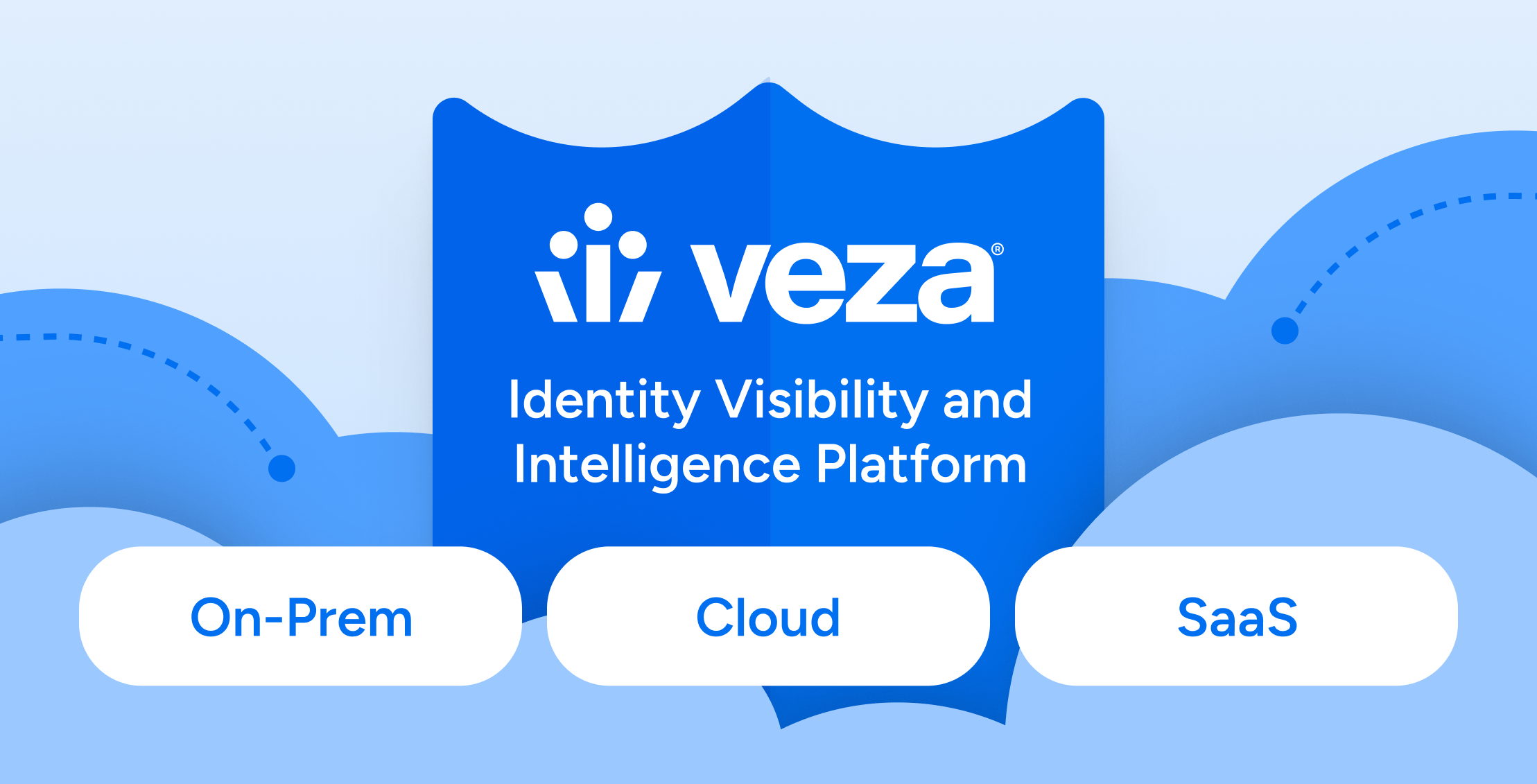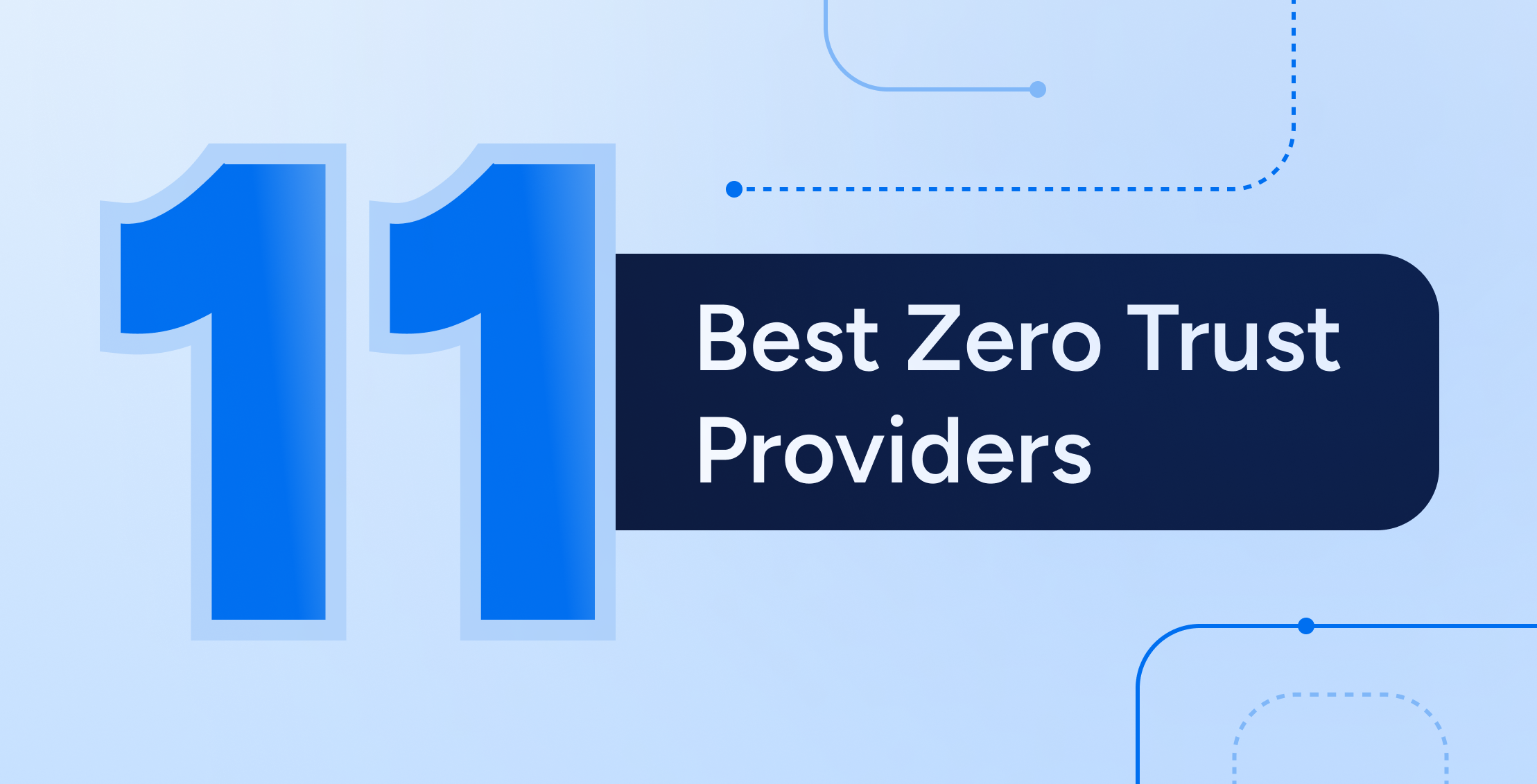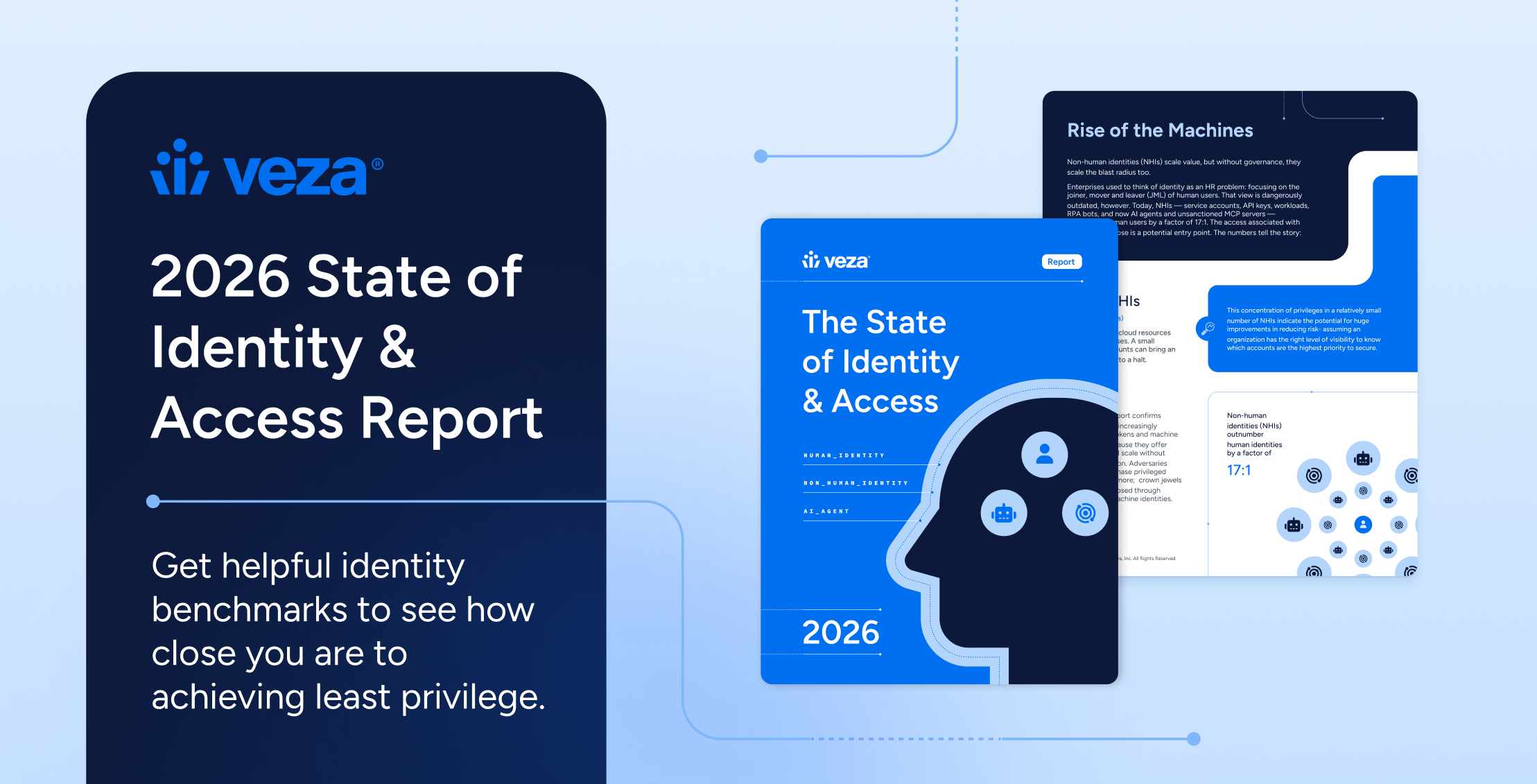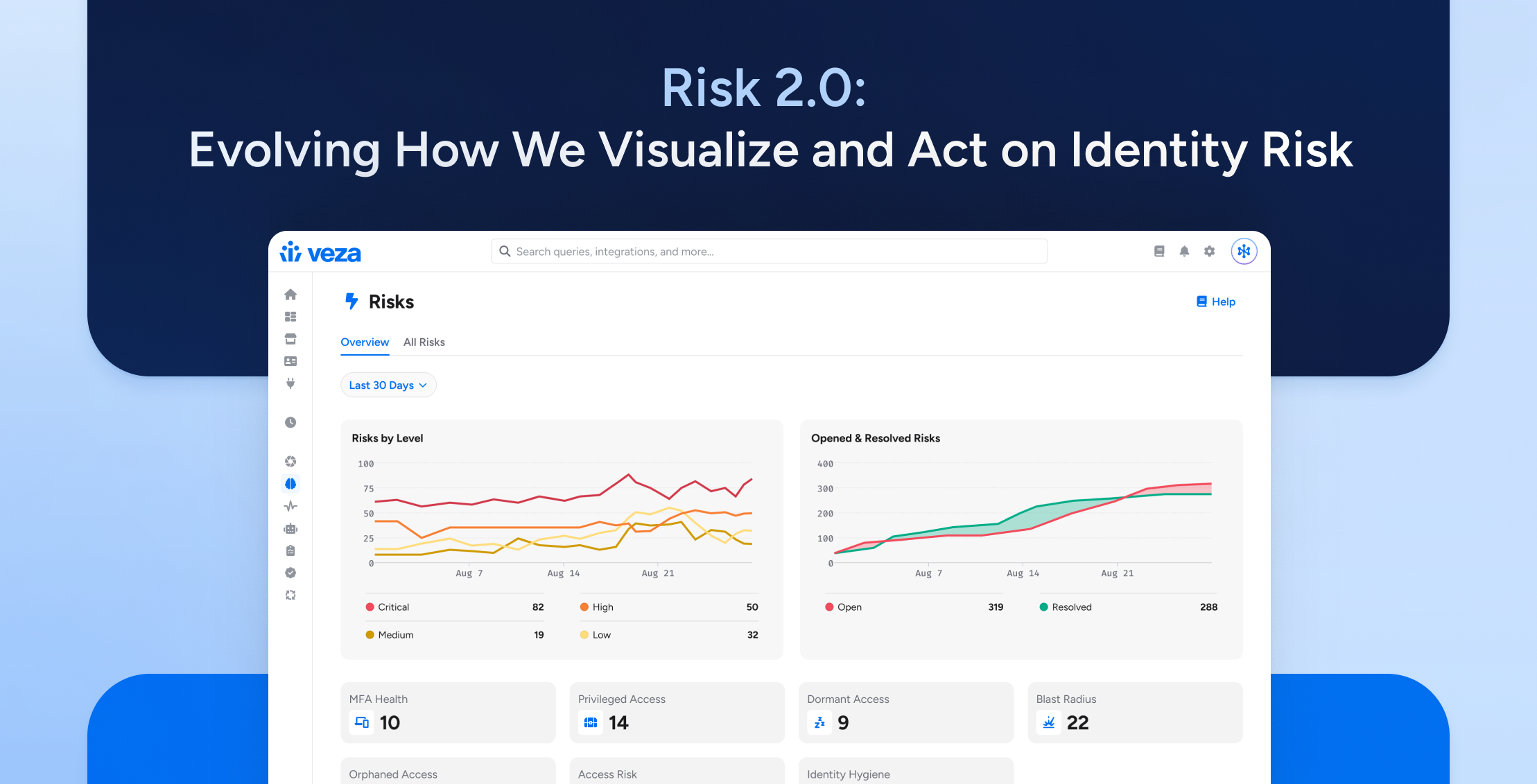
Turning Theory into Practice
The idea behind an Identity Visibility and Intelligence Platform (IVIP) is no longer hypothetical. Security and identity teams are already feeling the pressure: too many tools, too little context, and far too many unknowns. The explosion of machine identities, the complexity of hybrid environments, and the disconnect between access provisioning and access understanding have exposed a massive blind spot.
That’s why Gartner is spotlighting IVIP as an emerging framework, and why Veza was built to deliver it.
While others scramble to retrofit old tools to meet new demands, Veza was designed from the outset to unify fragmented identity data, visualize real-time access, and surface risk in a language both humans and systems can understand.
This post breaks down how Veza maps directly to IVIP requirements, enabling organizations to operationalize the model in their real-world environments.
IVIP in Practice: How Veza Delivers on Core Requirements
The IVIP concept is centered on one thing: visibility that makes identity data actionable. Below is a breakdown of the key IVIP capabilities and how Veza supports each.
| IVIP Requirement | How Veza Delivers |
|---|---|
| Identity data aggregation | Veza connects to hundreds of systems—including SaaS apps, cloud platforms (like AWS, Azure, GCP), on-prem directories, and identity providers (Entra ID, Okta, Ping)—to unify identity and access metadata into a single platform. See our integrations overview for supported systems. |
| Real-time access mapping | At the core of Veza is the Live Access Graph, a continuously updated model of who can take what action on what data, across your environment. It reflects changes in near real-time. |
| Non-human identity visibility | From API keys and service accounts to AI agents and bots, Veza brings machine identity risk into focus, showing effective access and flagging overprivilege or orphaned identities. |
| Context-aware permissions | Veza translates complex and system-specific permissions into clear business language, so you can answer questions like “Who can access payroll?” or “Why does that service account have prod DB access?” |
| Risk insights | Veza detects toxic combinations, dormant identities, unused access, and misconfigurations, offering real-time, prioritized findings for remediation. |
| Complementary to the IAM stack | Veza doesn’t replace IAM or IGA—it works alongside tools like SailPoint, Saviynt, CyberArk, Okta, and Azure AD to correlate identity data, enrich it, and make it useful. Learn how IVIP complements traditional IAM. |
Spotlight: The Access Graph
If IVIP is the theory, the Access Graph is the engine. It’s how Veza makes identity data intelligible.
The Access Graph continuously ingests and normalizes identity and permission data across your environment. It models relationships between identities, systems, roles, and data, whether they originate in a SaaS app, a cloud entitlement, or a legacy on-prem system.
With Veza, security and identity teams can:
- Instantly query who has access to sensitive resources, and why
- Investigate access paths and privilege inheritance
- Compare access across peer identities for outliers
- Map the permission fabric across hybrid and multi-cloud environments
For technical users, it’s not just a dashboard – it’s a queryable, interactive graph you can use for everything from forensics to automation.
Real-World Use Cases: IVIP in Action with Veza
Veza helps teams turn IVIP principles into daily operational wins. Here are examples from the field:
Incident Response
When an account is compromised, every second counts. Veza’s Access Graph lets you trace the full blast radius in minutes—no spreadsheets, no guesswork.
Access Reviews
Veza enriches identity certifications with context, so reviewers aren’t rubber-stamping access lists. Instead, they see who can do what, why they have it, and whether it’s still appropriate.
Zero Trust Enforcement
Zero Trust models hinge on continuous verification. Veza makes that possible by showing effective access and enabling the enforcement of least privilege, especially in dynamic environments.
Audit & Compliance
Veza enables organizations to prove access controls with evidence. Read how Conifer Retail moved from reactive cleanup to audit-ready governance using Veza to meet PCI DSS 4.0 requirements.
Machine Identity Governance
Veza continuously monitors service accounts and machine identities to identify overprovisioning, long-lived access, and unused credentials, critical for managing modern attack surfaces.
Customer Example: IVIP in the Wild
A Fortune 100 bank deployed Veza across its hybrid environment, expecting to validate a few risky accounts. What it found: over 120 dormant service accounts with direct access to sensitive production databases—some untouched for over a year.
Before Veza, those identities were invisible, hidden across multiple cloud roles and legacy permissions models. With Veza’s Access Graph and risk insights, they were identified, explained, and remediated in days, not months.
IVIP isn’t theory anymore. It’s working in the real world, right now.
Getting Started: Phased, Not Forklift
You don’t need to rip and replace your IAM stack to implement IVIP capabilities. Veza can be deployed alongside your existing systems, often delivering results within weeks.
Phased onboarding means starting with a few priority apps or identities, then scaling as needed. Many organizations begin with a specific pain point—like failed access reviews, SaaS access visibility, or machine identity risk—and expand from there.
Learn more in our Next-Gen IGA Use Case, which illustrates how Veza complements and extends traditional governance tools.
Final Thoughts: From Buzzword to Baseline
IVIP isn’t another acronym. It’s an architectural response to a visibility problem that legacy tools were never designed to solve.
Veza was purpose-built to bring this model to life—unifying identity data, translating permissions, surfacing access risk, and enabling security teams to act with confidence.
If you’re ready to move from theory to practice, we’re here to help.
Want to Learn More?
Take the next step in your IVIP journey:
- Start with the foundation: Understand how Identity Security Posture Management helps close visibility gaps left behind by traditional tools.
- See it in action: Explore our SaaS Access Use Case to see how Veza maps access and enforces least privilege across tools like Salesforce, GitHub, and Workday.
- Talk to us: Schedule a personalized demo to see how Veza can bring the IVIP model to life in your environment.




